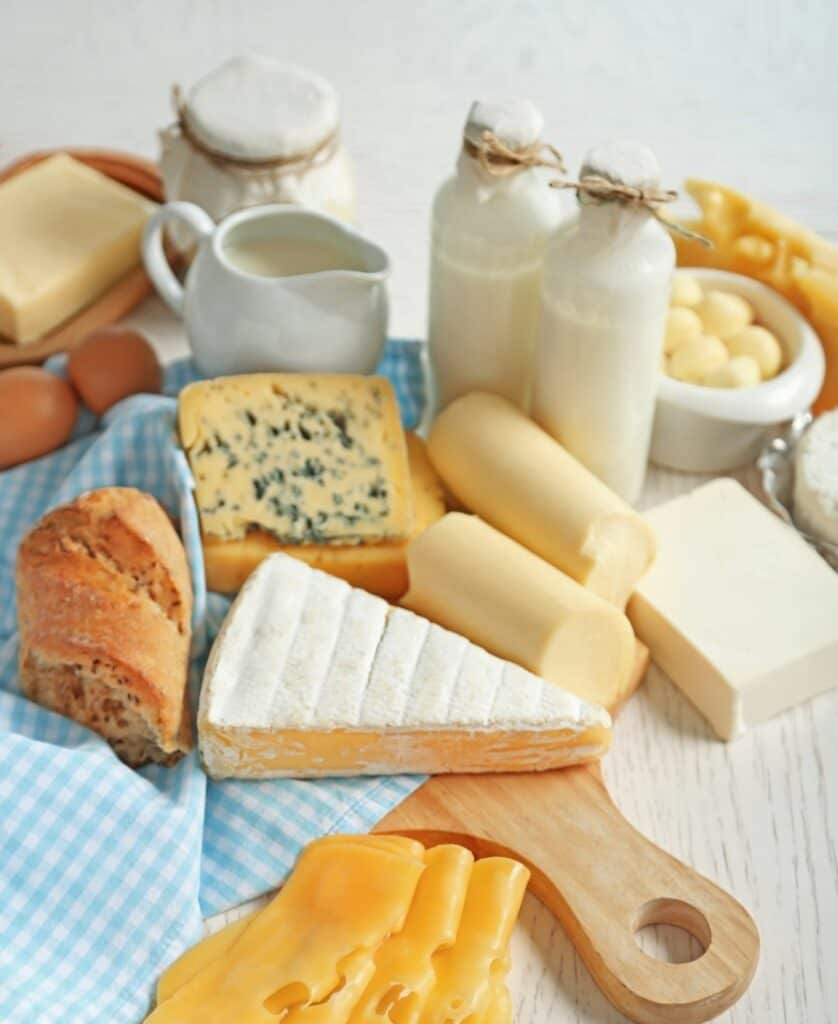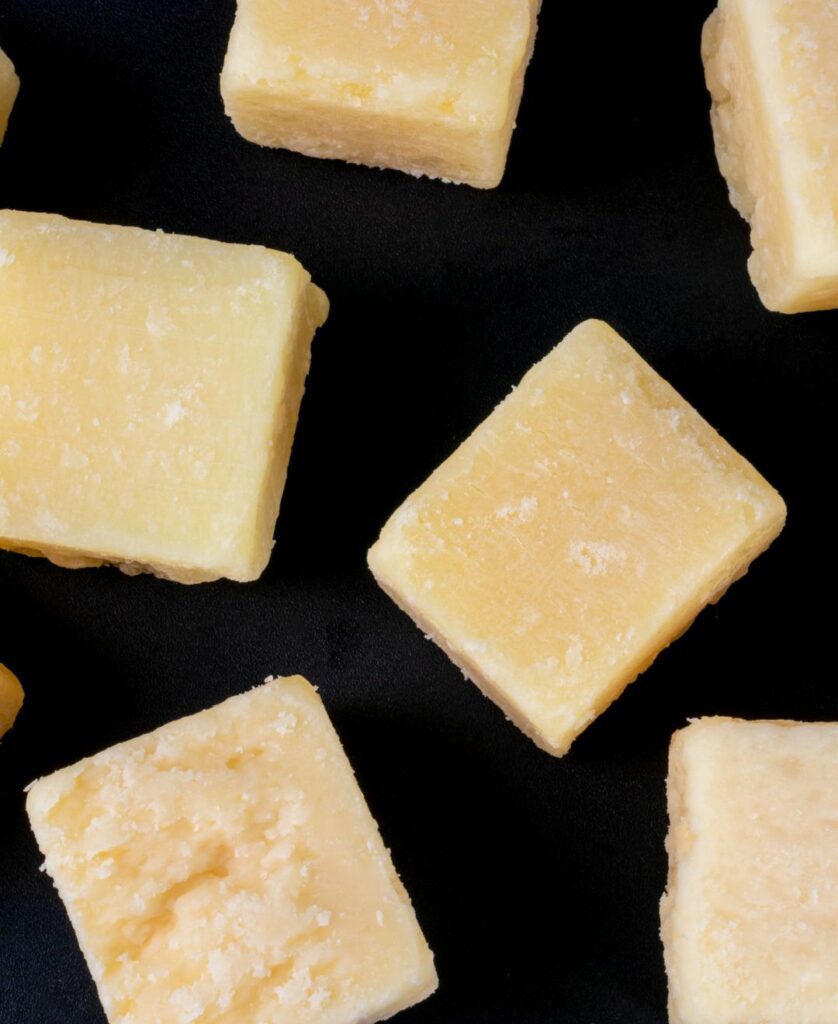Dairy is loved for its simplicity.
It’s also loved for its complexity.
So which is it?
Well, both.
This is what makes it so special and what makes it such a challenge to recreate the authentic taste of dairy in a way that can strike a balance between the two.
But what exactly is it that makes creating the authentic taste of dairy so hard to get right, and what makes Edlong so good at it?

Understanding the Challenge of Creating the Authentic Taste of Dairy
To better comprehend the difficulty in achieving authentic dairy profiles, let’s look at butter for example.
What comes to mind when you imagine the taste of butter? Mild, creamy, milky, and of course, buttery; it sounds simple enough.
What if I told you that we’ve identified over 800 aroma compounds that contribute to what we know and associate with the taste of butter?
Then you have the question of what butter? Are we talking about the $1.50 sweet cream butter or a $7.99 grass-fed, locally sourced butter? What about an imported European cultured butter with a regional designation and Mediterranean sea salt?
That’s even before we consider the unique profiles of melted butter for popcorn or an elevated brown butter profile.
There is also the fact that since butter is inherently mild, there is no hiding it behind potent seasonings such as garlic or other herbs, adding to the difficulty.
After factoring in each of these variables, it could take thirty to forty of those previously mentioned aroma compounds to create a profile that makes you feel like you’re eating the real thing.

What Makes a Flavor “Authentic” Dairy
This doesn’t just stop at butter.
All dairy profiles are based on complex combinations of relatively small quantities of potent chemical compounds.
These include but are not limited to acids, ketones, aldehydes, esters, and sulfuric compounds.
While the foundational notes might come from just a few compounds, creating a truly authentic dairy profile means finding all of the little notes and nuances that set that target ingredient apart.
Each of these individual notes could be made up of several, if not ten or more, various molecules.
For example, a grassy green note might consist of over twenty molecules, and it’s our job to understand and find the right one or two compounds to represent that note in a balanced profile.

Some might think you could get a little extra leeway with a cheese flavor than a butter, milk, or cream because of the bolder, more impactful notes.
Unfortunately, that isn’t the case.
You see, what makes specific cheese profiles so unmistakable are various small-chain fatty acids.
Take Parmesan, for example. The delicious pungency (some might say stinky-feet smell) that clearly identifies Parmesan cheese comes from in large part from butyric acid.
Acids like these are produced by microorganisms during the fermentation process and are critical for the taste of “cheese”.
These acids are really weak, so you need a high concentration to get that initial hit of cheesiness. The problem is, well, they’re acids and very, very reactive. If not handled properly, interactions between these acids and other compounds could harm the stability of your flavor.
This is only the tip of the dairy flavor iceberg.
Even once we have nailed down the perfect profile that hits each note perfectly, it still has to work in the application.
Just like butter or cheese, no two projects are the same.
Accepting the Challenge to Create Authentic Dairy
In addition to getting the flavor notes right, we must remember that it’s all about the experience.
The mouthfeel, the flavor release, and several other factors beyond aromatics play a significant role in successful and authentic dairy flavors.
Young cheeses and butters, for example, often give a big upfront hit flavor. This is partially because they’re so soft and don’t stay on your palate like an aged cheese does.

Aged cheese requires you to chew; as you do that, it releases more flavor.
So, part of this challenge is trying to duplicate that prolonged release, that impression that you’re really eating a sharp cheddar or an aged Parmesan in any given application that uses those flavor profiles.
This requires us to work with developers and the different matrices of their formulation to reach that ideal experience.
Processing also plays a major role in how flavor is perceived in the final product.
Many of the volatile compounds we discussed struggle to hold up to high-heat and industrial processing.
For these reasons, at Edlong, we are really in the custom solutions business. Great flavor is only “great” when it’s tailored to your application.
It might mean diluting certain compounds to improve stability or intentionally causing an imbalance of specific profile notes to ensure they can withstand an application’s processing requirements.
It is insanely complicated and utterly complex.
But authentic dairy flavors it’s all we do. And with over a century of experience focusing exclusively on the taste of dairy, we’re really, really good at it.
Find out how our team of experienced Dairy Flavor Experts can help your next project be everything that it can be.
About the Author: Peter Kern, Junior Flavorist
My over 15 years as a scientist and 7+ years as a flavorist with experience in reaction chemistry, savory, sweet, alcohol, and dairy has allowed me to innovate novel technologies, processes, and flavors that help provide solutions to long-standing challenges in our industry. I love working hand-in-hand with my team and our customers to help them bring their visions to life and have always believed meaningful collaboration is the key to success and the engine that drives progress.
Topics: Dairy flavors
Resource Type: Article
Resource Region: EULATAMUS
